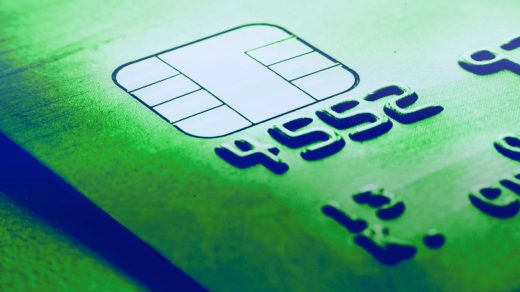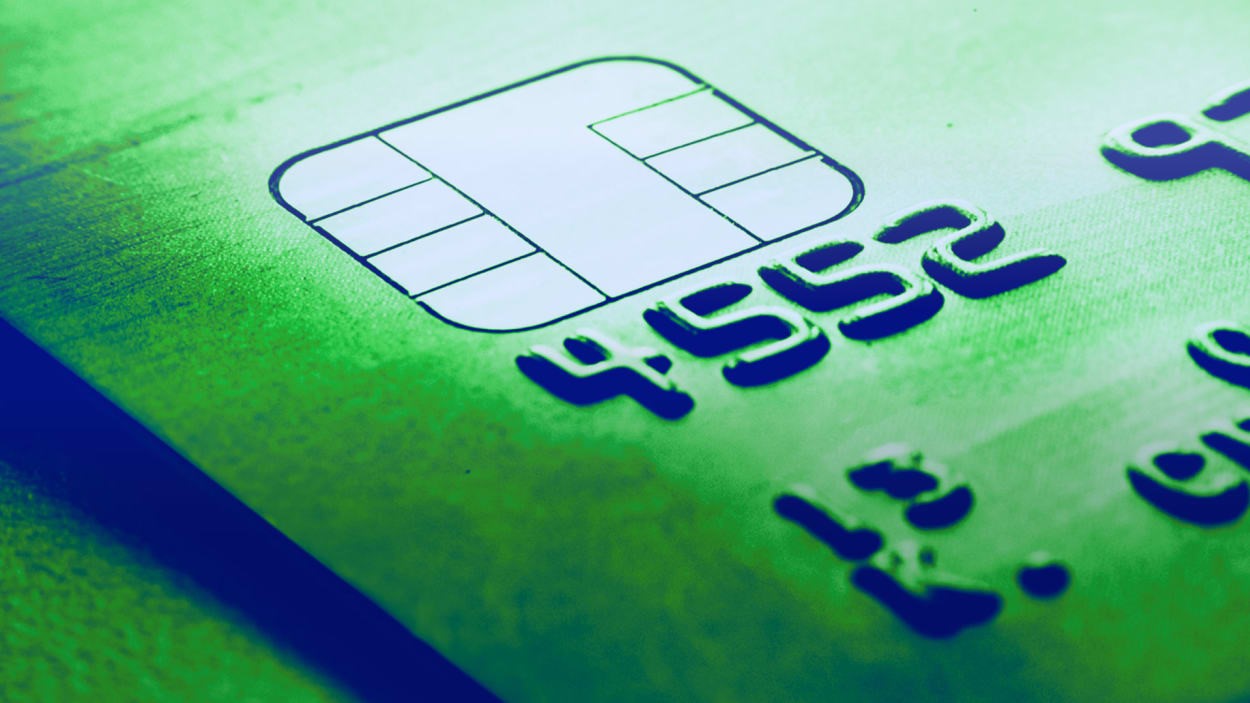How America got hooked on credit cards
When Mike Oh was 18, he got his first credit card and ended up with a few thousand dollars in debt. To pay it off, he started Tech Superpowers out of his MIT dorm room in 1992, which is still running today.
Oh’s story about debt isn’t an anomaly. While we were interviewing Generation Xers and baby boomers for a recent Fast Company series about their relationship with money, we found that nearly all of our interviewees brought up credit card debt as a formative experience. Yet millennials and Gen Z were more skeptical of credit cards. Kasey (a pseudonym), 34, cited avoiding a credit card as one of the budgeting strategies that helped her buy a house despite having a salary that’s less than six figures.
“I still don’t have a credit card,” she said.
Today, credit card debit in America has reached an all-time high of $1.03 trillion. Credit cards are ubiquitous: 82% of U.S. adults have a credit card, according to the Federal Reserve Bank. Older generations tend to skew more heavily toward credit card use: 92% of adults older than 60 have one, compared to 67% of people between the ages of 18 and 29.
While Gen Xers continue to carry somewhat more debt than other generations, credit cards go hand in hand with debt across age groups. On average, 48% of credit card holders carry a balance.
This is, after all, an industry where companies pretty much don’t make money off of people who pay off their balances on time. By design, credit card companies profit off of debt, which raises an important question: How did we become a society where so many smart people who are good with numbers—people like Oh—got into trouble with debt in the first place?
Desperate times, plastic measures
As the legend goes, the first credit card was invented in 1949 when businessman Frank McNamara forgot his wallet while dining out. He was so embarrassed that he created the Diners Club card. However, in actuality McNamara was an executive at a credit corporation and came up with the idea of credit cards to make more money. Bank of America issued the first bank credit card in 1958.
The early days of credit cards were a kind of Wild West, says Professor Lulu Wang at Northwestern University’s Kellogg School of Management. Banks sent over 100 million unsolicited cards to customers. If the card was stolen and used, customers could rack up charges for a card they hadn’t even signed up for.
Accordingly, the late 1960s and early 1970s saw a barrage of legislation built around protecting consumers. The Truth in Lending Act required credit cards to provide clarity on how much interest they charged, as well as fees, and a later amendment allowed customers to dispute unfair charges and receive statements at least three weeks in advance.
Meanwhile, the Equal Credit Opportunity Act prohibited discrimination and opened up credit cards to wider audiences. In particular, the invention of the credit score in 1989 eliminated a lengthy approval process, transforming cards from a premium product to payment method for the people.
“The credit score democratized credit cards,” says Professor Sumit Agarwal at the National University of Singapore. Three years later, Mike Oh would get his first credit card.
“The first generations had it hard because there wasn’t the financial literacy and know-how passed down from early generations, nor was it really present in the culture,” Agarwal adds.
Yet he points out that credit cards aren’t inherently bad. “The best payment method for a rational consumer is still a credit card,” he says. “The problem is most consumers aren’t rational.”
Agarwal notes that credit cards allow consumers to collect rewards, defer payment for a month, and get insurance. However, not everyone is good at estimating how much they can spend once the pain of overspending goes away.
As consumer literacy has evolved, and regulations have tightened, so have credit cards. “The government and the industry are locked in a game of Whac-A-Mole,” says Hong Ru, a visiting associate professor of finance at MIT Sloan.
The government creates regulations to protect consumers and credit card companies find a way around them. Ru has read thousands of credit card offers for his research. He points out that in 2006, about 40% of credit card offers had an introductory teaser interest rate that would jump after a year.
The Card Act, passed in 2009, set limits on fees to no more than 25% of a card’s initial credit line. By 2015, 80% of cards had teaser rate offers. This can be hard on consumers who are lured in by the teaser rate and underestimate the increase. He notes that as regulations have sought to increase transparency and protect consumers, banks have found other ways to increase costs.
“I have a PhD and I read credit card offers for my research and it still takes me one or two days to understand the pricing terms,” says Ru.
Where do we go from here?
As for the future, Agarwal points out that younger consumers are shifting toward electronic wallets. Credit cards didn’t take off in Europe or Asia since it’s harder to get approvals there and there is no protection against credit card debit if you declare bankruptcy.
“Banks are losing their market share because of decreasing consumer demand, so when that happens, I’m hopeful they’ll stop charging high fees or reduce interest rates,” Agarwal says.
Last year, in an attempt to reduced high fees, Congress introduced the Credit Card Competition Act. Currently, cards are partially subsidized by merchants who pay 2-3% in fees whenever they accept a credit card payment. The new legislation would allow merchants more choices of which credit card payment networks to use, in hopes that the competition would lower their credit card fees.
Card companies have fought back with a campaign that claims the bill will hurt consumer rewards (although one study found that rewards would decrease by less than 0.10%). The bill failed to pass last year and has been reintroduced this June.
What happens next is unclear, but Agarawal did have one last prediction. “Don’t worry,” he said. “The credit card companies will still find a way to make money.”
(14)



